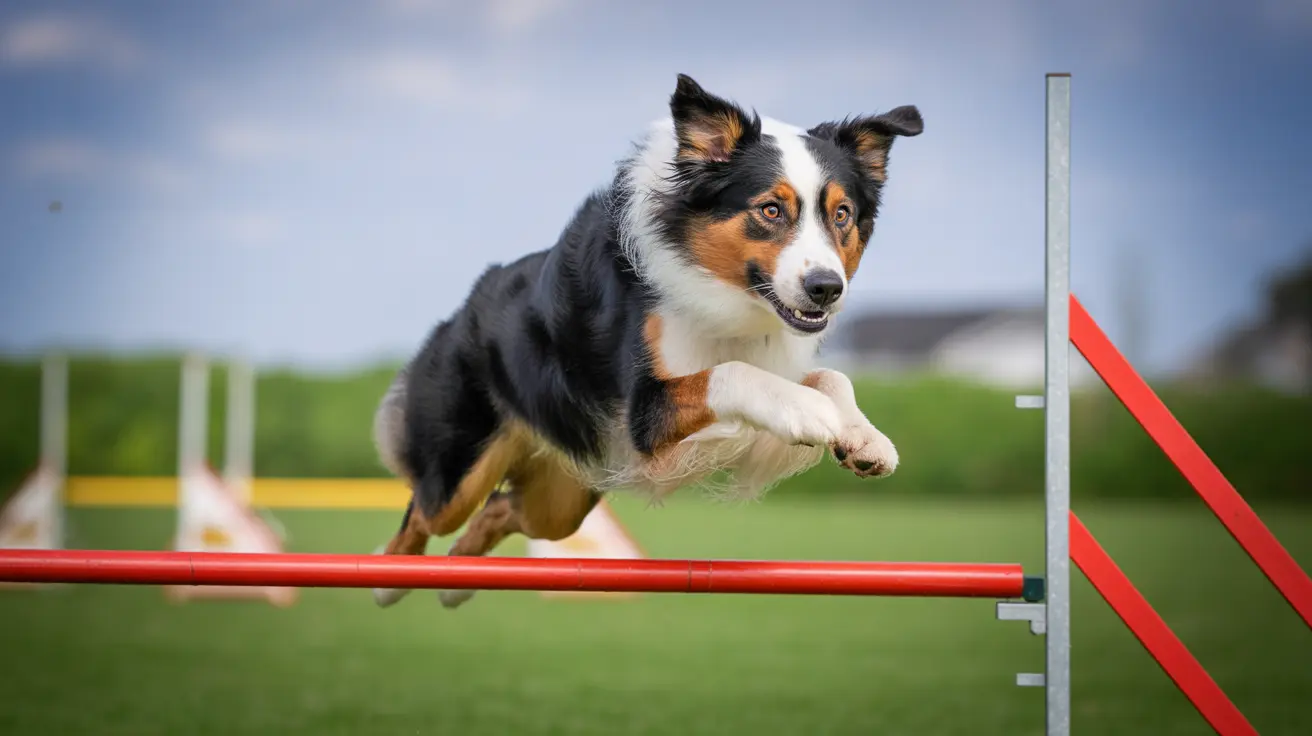Understanding the 7-Second Rule for Dogs
As the weather warms up, dog owners often enjoy spending more time outdoors with their pets. However, increased temperatures can pose serious dangers to dogs, particularly when it comes to hot pavement. The 7-second rule is a simple yet crucial guideline for protecting your dog from burns and discomfort caused by hot surfaces.
What Is the 7-Second Rule?
The 7-second rule is an easy test to check if the ground is too hot for your dog's paws. Simply place the back of your hand on the pavement or asphalt for 7 seconds:
- If it's too hot to comfortably keep your hand there the whole time, then it’s too hot for your dog.
- If you can keep your hand down for the full 7 seconds without discomfort, then it's generally safe for your dog to walk on.
Why This Rule Matters
Dogs’ paw pads are sensitive and can suffer from burns and blistering when exposed to hot surfaces. Pavement can reach temperatures of 130°F (54°C) or more in direct sunlight, even if the air temperature feels moderate. The 7-second rule helps owners detect unsafe conditions before allowing their dogs to walk outside.
Risks of Hot Surfaces for Dogs
Walking on scorching pavement can lead to several health issues for dogs:
- Burned and blistered paw pads
- Limping or refusal to walk
- Swollen or red paws
- Long-term sensitivity or damage to paws
When and Where to Be Cautious
The danger is highest during summer months, especially:
- Midday to late afternoon when the sun is most intense
- Urban environments with lots of concrete and asphalt
- Unshaded areas such as parking lots and sidewalks
Preventing Paw Burns
Here are key tips for protecting your dog’s feet during warm weather:
- Walk your dog in the early morning or late evening when the ground is cooler.
- Stick to grassy or shaded areas during walks.
- Use dog booties for added protection if walking on pavement is unavoidable.
- Always perform the 7-second test before heading out.
- Hydrate your dog properly and watch for signs of heat exhaustion.
What to Do If You Suspect Paw Pad Injury
If your dog shows discomfort while walking or refuses to move, check their paws for signs of burns, such as redness, blistering, or swelling. You should:
- Rinse the affected paw with cool (not cold) water
- Avoid applying ice as this may worsen the injury
- Contact a veterinarian immediately for proper care instructions
Conclusion
The 7-second rule is a powerful reminder that what feels fine to humans can be dangerous for our pets. Taking a few moments to check the pavement’s temperature can prevent unnecessary pain and ensure your dog enjoys safe outdoor adventures all summer long.





